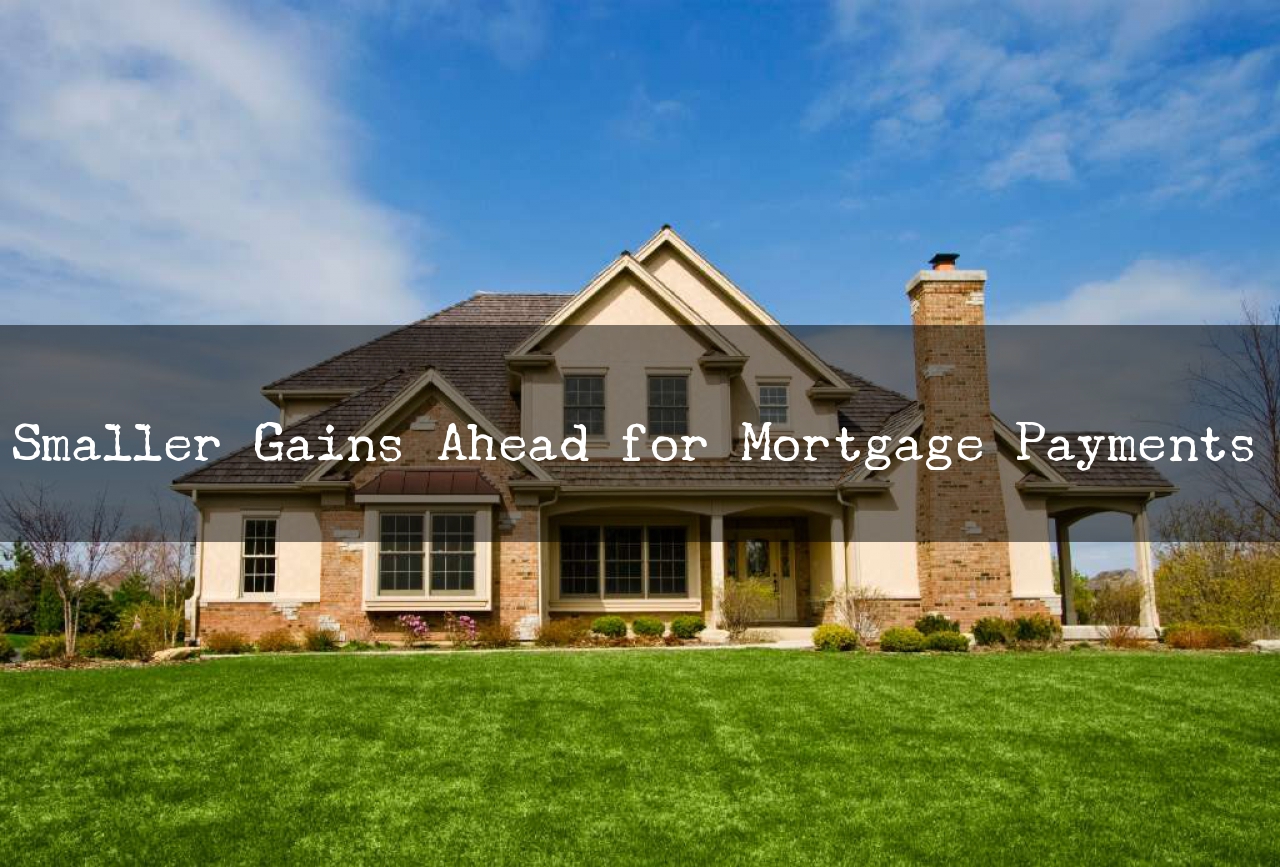Smaller Gains Ahead for Mortgage Payments
While the nation’s median home sale price rose just under 5 percent year over year last November, the principal-and-interest mortgage payment on that median-priced shot up nearly 18 percent as mortgage rates hit a seven-year high. That underscores the worsening affordability that helped slow home sales late last year.
However, some forecasts for home prices and mortgage rates indicate mortgage payments will rise at a much slower pace this year. The CoreLogic Home Price Index Forecast suggests a 4.4 percent annual gain in home prices by this November, while the average among six rate forecasts[1] indicates a very slight dip – 0.1 percentage points – in mortgage rates this November compared with November 2018. However, that consensus rate forecast, which indicates a 4.8 percent rate on a fixed-rate 30-year mortgage this November, would still be higher than the average rates seen last December (4.6 percent) and this January (4.5 percent).
One way to measure the impact of inflation, mortgage rates and home prices on affordability over time is to use what we call the “typical mortgage payment.” It’s a mortgage-rate-adjusted monthly payment based on each month’s U.S. median home sale price. It is calculated using Freddie Mac’s average rate on a 30-year fixed-rate mortgage with a 20 percent down payment. It does not include taxes or insurance. The typical mortgage payment is a good proxy for affordability because it shows the monthly amount that a borrower would have to qualify for to get a mortgage to buy the median-priced U.S. home.
The U.S. median sale price in November 2018 – $220,083 – was up 4.8 percent year over year, while the typical mortgage payment was up 17.9 percent because of a one-percentage-point rise in mortgage rates over that one-year period...

